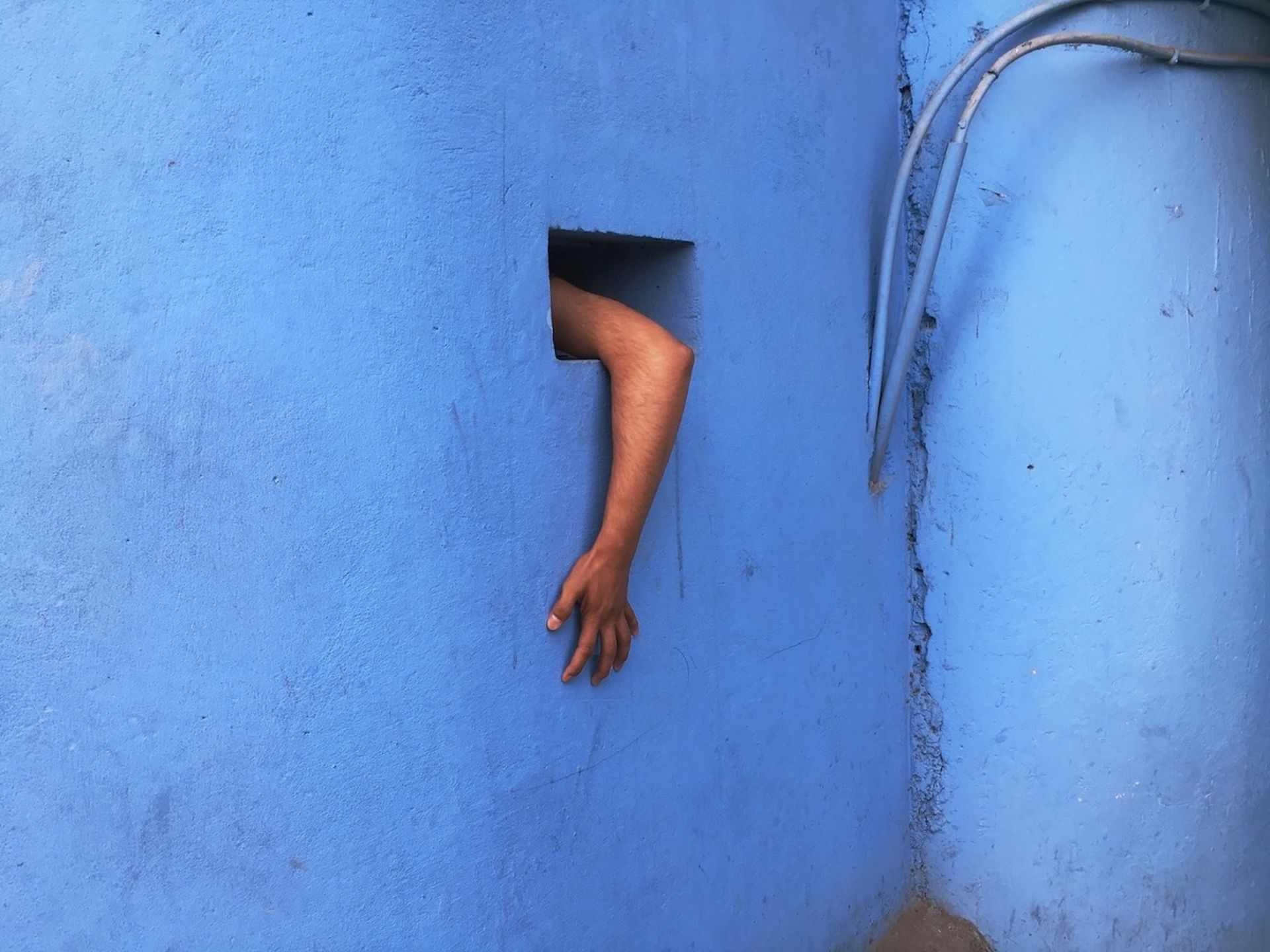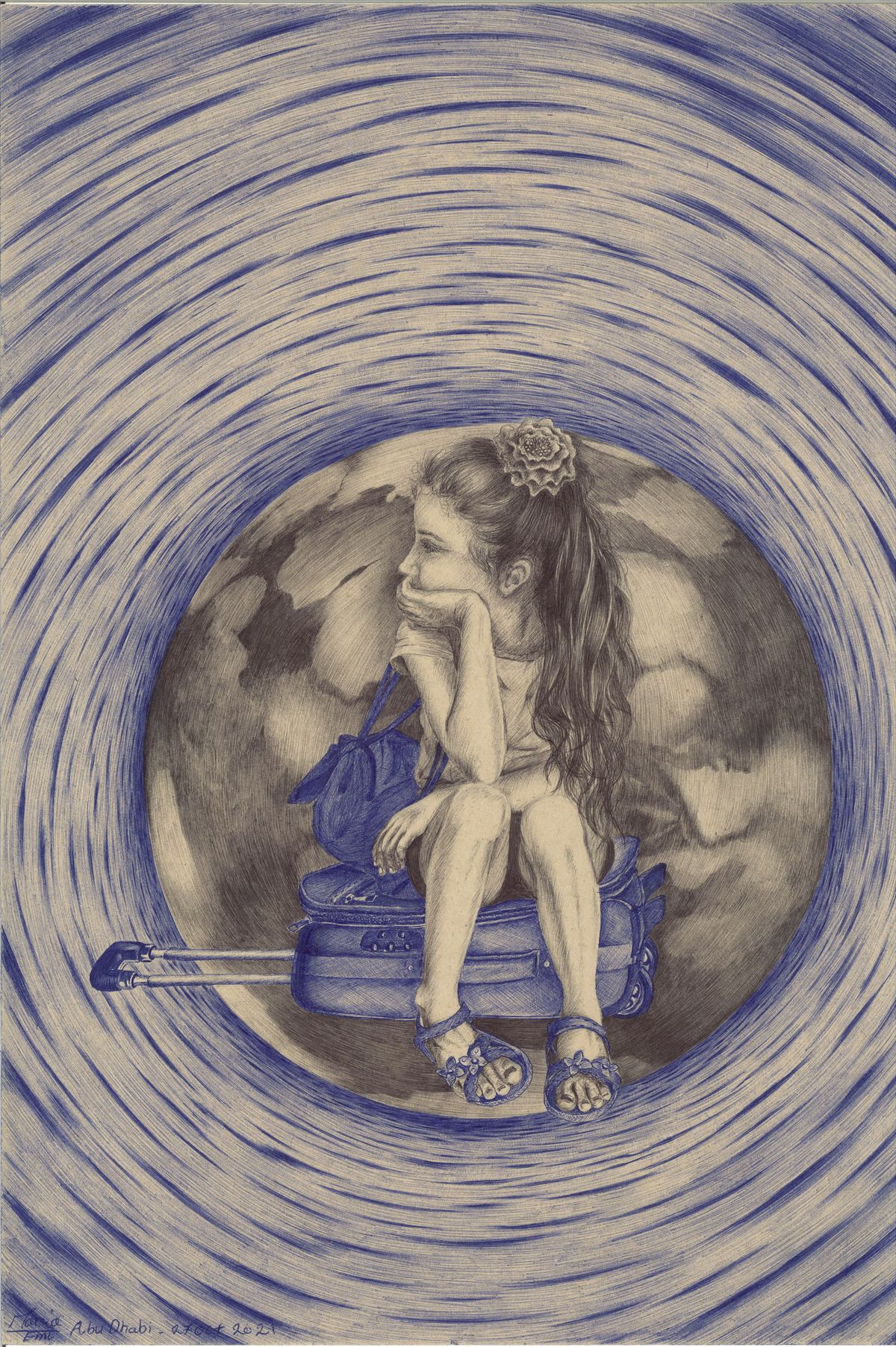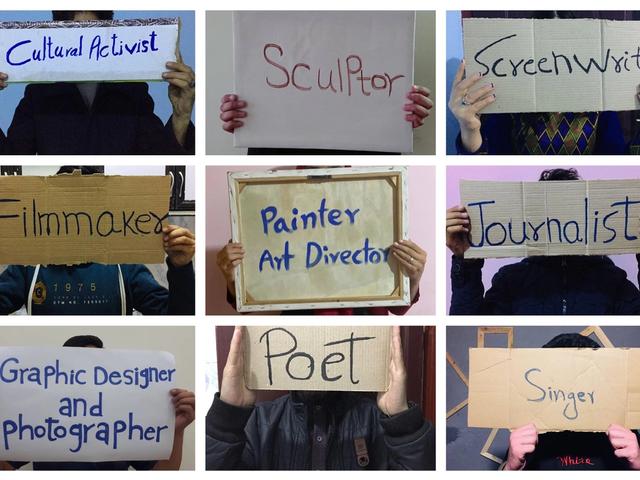An exhibition in the United States featuring works by more than 50 Afghan artists and writers aims to put the spotlight on voices from Afghanistan. Emergenc(y): Afghan Lives Beyond the Forever War (until 21 March) at the University of California, Berkeley’s Worth Ryder Art Gallery and an accompanying publication showcase visual art, texts and performances that investigate the displacement of hundreds of thousands of Afghans throughout the world, the human impact of the situation and the narratives that have been associated with Afghans since the Taliban takeover of the country in August 2021.
“We wanted to challenge some of the narratives of Afghans, that they are passive and have no aspirations,” says Gazelle Samizay, one of the exhibition’s co-curators.
The show was co-organized by the Afghan American Artists and Writers Association (AAAWA) and includes works by 25 Afghan visual artists. It is accompanied by a new collection of writings edited by Seelai Karzai and Sahar Muradi titled Emergenc(y): Writing Afghan Lives Beyond the Forever War: An Anthology of Writing from Afghanistan and its Diaspora, which brings togethertexts by 29 Afghan writers spanning, poetry, memoir, essay and fiction.
“The exhibit is about centring the voices of Afghans because, in terms of visual or creative representations, a lot of that is still being done by non-Afghans,” says Samizay.“We wanted to centre Afghan voices and really show a diversity of perspectives and reflections of what happened in August 2021.”

A work from Hamid Sultani's Escape series (2021) Courtesy the artist
The exhibition has allowed the artists to collectively process and reflect on the events of the past three years in their home country. “I hope my work can make people think and understand that it is not easy to just move to another country, especially in the way that we were forced to move,” says Marzia Ebrahimi, one of the exhibiting artists, whose work was created while she waited in camps for around four months before being permitted to live in the US.
Ebrahimi’s collaborations with Americans over the years placed her life in danger after their withdrawal from Afghanistan. She was unable to board one of the chaotic evacuation flights in August 2021 and narrowly avoided an explosion at Kabul airport that killed nearly 200 people. The 35-year-old artist returned to her hometown from Kabul to find that three of her family members had been arrested, so she went into hiding.
She finally left Afghanistan in October 2021 and stayed in camps in Abu Dhabi and New Jersey, where she created the works that are featured in Emergenc(y) despite challenges big and small. The humidity at the camp in Abu Dhabi dampened her papers, making it impossible to use her colour pencils. Determined to express herself in the only way she knew how, Ebrahimi borrowed a pen from a security guard and started drawing. Three of the five pieces she created while awaiting her fate are on view.
Though Ebrahimi eventually made it to the US, one of her brothers remains in prison in Afghanistan and several of her family members have been forced to flee to neighbouring countries. “I couldn’t sleep, I was depressed, traumatised, I felt guilty,” she says. “My drawings represent only a small corner of what people in these situations feel.”
- Emergenc(y): Afghan Lives Beyond the Forever War, until 21 March, Worth Ryder Art Gallery, University of California, Berkeley




